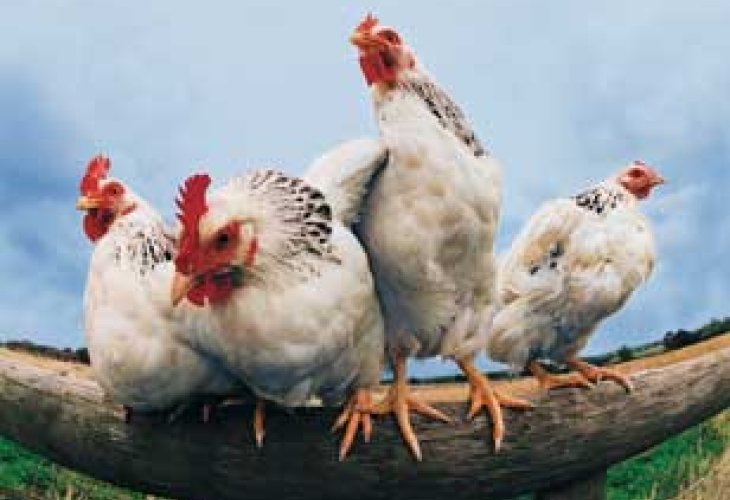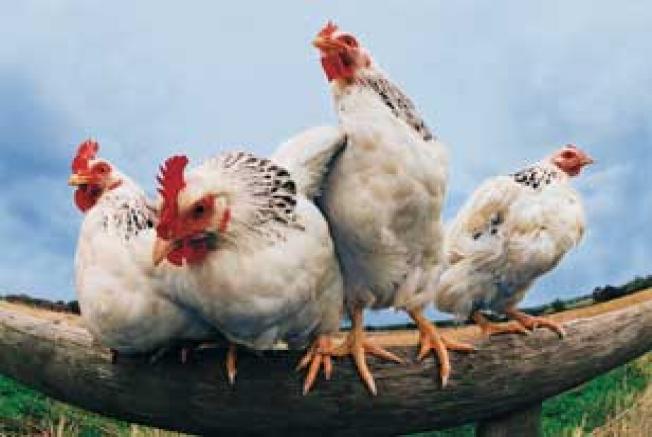Kaparot: Is It Effective in Every Situation?
The ritual of kaparot begins with traditional circular motions and ends with a nutritious meal, but the path is filled with countless obstacles that can prevent its complete fulfillment. Knowledge is power. Here's how to perform authentic kaparot with excellence.

We all strive to observe the custom of kaparot with great care, each according to their family tradition. Some prefer to perform kaparot with money, fulfilling "blood" in place of "blood," dropping coins into the charity plate loudly to confuse the accusers. Others prefer the kabbalistic custom of using a rooster as their substitute, performing kaparot with a rooster for men and a hen for women. Excellent, though we pray their efforts won't be in vain.
Let us preface - the main "correction" of kaparot occurs when the chicken is properly slaughtered, not just when it's circled above the head. For this reason, some are strict about slaughtering the bird before Yom Kippur. However, don't worry - even if the bird is slaughtered afterward, your atonement will be accepted willingly. The problem begins when the bird doesn't receive its intended correction of being properly slaughtered and eaten. A bird that dies not through proper ritual slaughter is not initially valid for kaparot, and one must perform kaparot again with another bird. Even if the bird is found to be non-kosher after slaughter, not all authorities agree that we have fulfilled our obligation of kaparot.
When we purchase birds with "Chalak" (strictest) level of kashrut, we are assured that the vaccinations were administered without puncturing any internal organs, that the birds were transported in tall drawer coops that don't injure their heads, and certainly that the coops weren't thrown from trucks causing injuries. Not to mention the meticulous inspections performed on each bird - ensuring they don't have avian flu, their lungs are healthy, their sinew junctions aren't infected, and so on.

But when it comes to kaparot, everything looks different, for a simple reason.
To send chickens for slaughter, there's a law requiring veterinary supervision from the beginning of their growth until they reach our homes. No slaughterhouse or large food chain can market poultry without veterinary supervision. Clearly, no veterinarian would approve the release of poultry without oversight. And remember, veterinary supervision doesn't at all attest to kashrut. Indeed, in many places, the birds arriving for kaparot are simply smuggled away from the veterinary inspector's eyes, and before he notices - the birds have already taken a small trip to provide us with the kaparot ritual. In many cases, the birds don't survive this journey after being jostled and left in the scorching sun, especially if they were placed in cages not approved for Chalak slaughter.
Furthermore, the price of fattened birds intended for slaughter is much higher than those retired after faithfully laying many eggs, whose health condition is pitiful. By the way, it's doubtful they'll survive the journey... So the dilemma is difficult, especially for those seeking some income for charity...
Either way - whether you received laying hens or fattened birds for slaughter, you have no supervision over their vaccination, their transport, or their unloading, especially since those unloading them are usually novices recruited to help the institution. And what will happen to these birds, nobody knows...
If despite everything, you insist on performing kaparot with birds, ensure that the place conducting kaparot is under good kosher supervision that understands how the entire chicken slaughter system operates, and that the birds are actually transferred to a place where they are slaughtered. Perhaps you should specify that you don't mind if these birds are used again for kaparot by others, to avoid causing others to stumble, because often birds that have already been used for kaparot get mixed with those that haven't, and when you are particular - the bird is considered yours until it's slaughtered.
Recommendation: When holding the bird for kaparot, be careful not to grasp it while pressed against the ground, as it often tears its vital organs due to panic. Also, be careful not to hold just one wing, or when they're held next to each other vertically, as this grip can cause the wing bone to break and render the bird non-kosher by puncturing internal organs. The best way to hold a bird is to place the right wing under the left wing or vice versa, and hold as close as possible to the rooster's body. Shana Tova.

